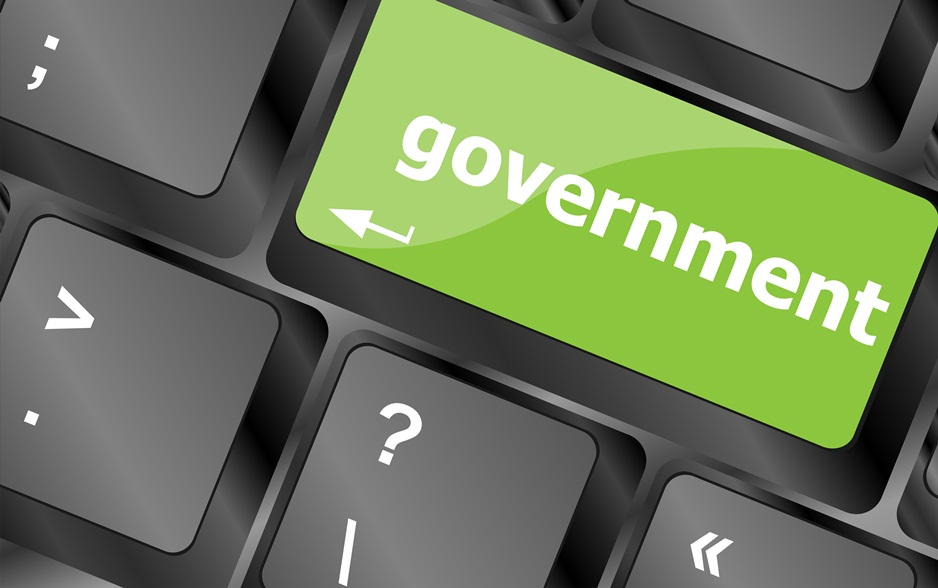Written by Ron Davies
eGovernment refers to efforts by public authorities to use information and communication technologies (ICTs) to improve public services and increase democratic participation. eGovernment aims to improve government efficiency through the reduced cost of electronic information management and communications, the reorganisation of government agencies and the reduction of administrative silos of information. Even more importantly, it can reduce administrative burdens on citizens and businesses by making their interactions with public authorities faster, more convenient and less costly, thereby spurring competitiveness and economic growth. More recently, open data and collaboration with third parties has offered governments new insights into issues and possible new services. In addition, the opportunities that eGovernment provides for citizens to dialogue with public authorities (to suggest, comment on and influence policies and policy agendas) can increase transparency and foster greater participation in democratic public life.

Much of the responsibility for implementing eGovernment practices rests with EU Member States. However the EU has a role to play in encouraging the exchange of best practices and technologies amongst Member States. Citizens who exercise their right to work or live in other Member States, as well as businesses that provide services across the EU, need to interact with governments in other countries. Ensuring efficient and effective cross-border services, including the interoperability needed to provide those services, is crucial to ensuring an efficient and effective single market. EU institutions themselves also communicate with citizens, businesses and Member States and need to make efforts to ensure that they make best use of ICTs in doing so.
For more than 15 years, the EU has supported the building of infrastructure, the sharing of best practices, and research into how eGovernment services can be delivered efficiently and effectively. Benchmarking at both the global and European level has shown that progress has been made: many services are now available electronically, and citizen use of eGovernment appears to have increased, with the goal set in the 2010 Digital Agenda for Europe – for 50% of citizens to be using eGovernment by 2015 – close to being achieved. However large gaps also remain between Member States, some of which are world leaders in digital services while others lag considerably behind. Moreover, services to businesses are more advanced than services to citizens.
Many other challenges and opportunities in creating true eGovernment remain. Governments must do more to create a sense of security and trust. They need to encourage interoperability to support the single market. They can try to develop electronic means for citizens to participate in public life while not excluding those who do not have the means, abilities or skills to do so. They have an opportunity to exploit open government data, to collaborate more with businesses and citizens in developing enhanced services, and to make effective use of new technologies such as cloud computing.








Be the first to write a comment.